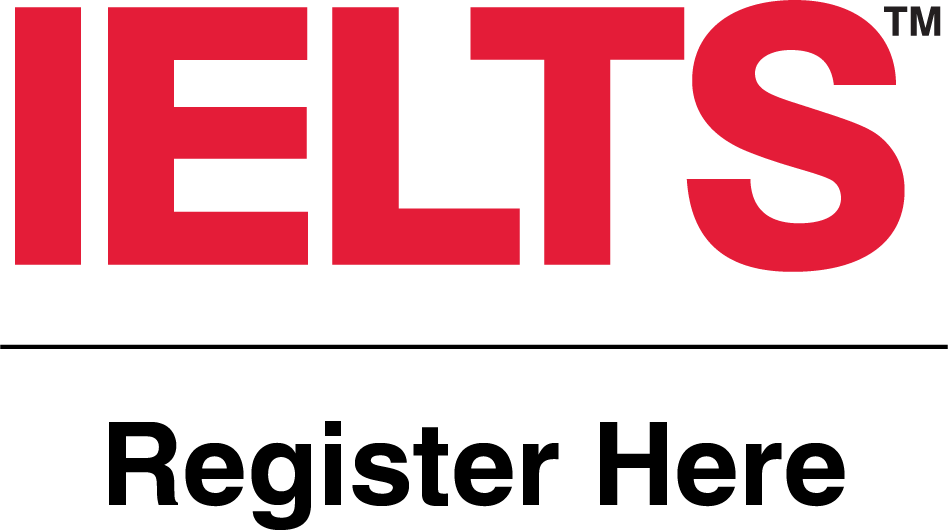IELTS Academic Listening
| In a Nutshell |
|---|
| The Listening test starts with the distribution of question papers and the answer sheets. Then, a recording starts in which some instructions are given. The speaker in the recording instructs the candidate to read a set of questions from the question paper, within a fixed duration of time (e.g. 20 sec for 5 questions). Then, the candidate listens to the conversation related to that set of questions and the candidate has to identify answers related to the questions. The same process is repeated for the other questions as well. In the end, the candidate is given 10 minutes to write the answers from the question paper to the answer sheet. |
Test Details
Duration: 30 Min + 10 Min
In the Listening test, there are 30 minutes of audio and 10 additional minutes are provided to transfer the answer from the question paper to the answer sheet.
Number of Questions: 40
The total number of questions in the Listening test is 40. Each question carries 1 mark. There is no negative marking for wrong answers.
Number of Sections: 4
The Listening test is divided into 4 sections. Each section has 10 questions in it. The difficulty level of the questions increases as the candidate goes further. Each section has a different type of conversation in it.
Section 1: An interaction between two people like a routine life conversation.
Section2: A monologue that shows everyday social speaking. For example, a speech given by a minister.
Section 3: A conversation between up to four people set in an educational or training context. For example, an interaction between a teacher and his students.
Section 4: A monologue based on an academic subject. For example, a lecture at a university.
Type of Questions: Multiple choice questions, matching the information, Diagram/map, fill in the blanks, short answer questions.
- Fill in the blanks: In this type of questions, gaps are given in a variety of ways such as:
- Form: A form can be used to record factual details like a name, place, etc.
- Summary: It is used to summarize any type of information. It is basically, a paragraph with gaps.
- Table: A table is used as a way of summarizing information that relates to clear categories. For example, place/time/price.
- Flow-chart: It is used to summarize a process that has clear stages, with the direction of the process shown by arrows.
- Map/Diagram: This type of question include a diagrammatic representation and some questions associated with it.
Tips: The diagram has a lot of hints given with it in order for the candidate to identify the answers. Look for some or all of the following points to identify the answer.
- Instructions- Read the instructions carefully.
- Title- The title of the diagram gives the overall description of the diagram. So do not miss it.
- Directions- In some diagrams where a map is given, directions (N, S, W, and E) are already marked. If you do not find them, mark them yourself on the diagram.
- Marked/Labelled locations- Look for the already labeled points in the diagram. It becomes easy to follow the recording as the recording usually includes a reference to such points.
- Starting point- Some maps have a location marked as the current location. If not, listening carefully for this point at the beginning of this section’s recording.
- Questions- Read the contents given with the questions in order to find out what is asked as questions.
- Multiple Choice Questions
- A sentence is given a question and there will be 3 or 4 options given as A, B, C, and D. The student has to choose one option as the correct answer.
- Another type of Multiple Choice questions involves one statement followed by 5 or more options. The candidate has to choose 2 correct answers out of the given options.
Tips:
- Read the instructions carefully.
- Read the title of the questions (do not ignore the title as it gives a lot of information about the questions).
- Read all the questions and all the options.
- Try to remember the keywords (the most important words) from all the questions.
- The speakers in the recording will speak about all the options. So, do not try to find the answers by just matching the words that are spoken as they try to distract by words.
- Short Answer Questions: This type of question includes some questions and a short answer of up to 2 or 3 words is expected as answers.
Tips:
- Read the instructions carefully
- Read all the questions.
- Try to remember the keywords (the most important words) from all the questions.
- Matching the Information: A numbered list is given and the candidate is expected to match it with a given list of options by listening to the recording.
Tips:
- Read the instructions carefully.
- Read all the contents carefully.
- Try to remember the keywords (the most important words) from all the questions and the options.
Listening Evaluation Criteria
The Listening score is calculated by the number of correct answers in the test.
There is no negative marking for incorrect answers.
| Correct Answers | Band Score |
|---|---|
| 39-40 | 9 |
| 37-38 | 8.5 |
| 35-36 | 8 |
| 32-34 | 7.5 |
| 30-31 | 7 |
| 26-29 | 6.5 |
| 23-25 | 6 |
| 18-22 | 5.5 |
| 16-17 | 5 |
| 13-15 | 4.5 |
| 11-12 | 4 |
 +1(604)825-8882
+1(604)825-8882 8232 120 Street, Unit 112, Surrey,BC , V3W 3N4
8232 120 Street, Unit 112, Surrey,BC , V3W 3N4

